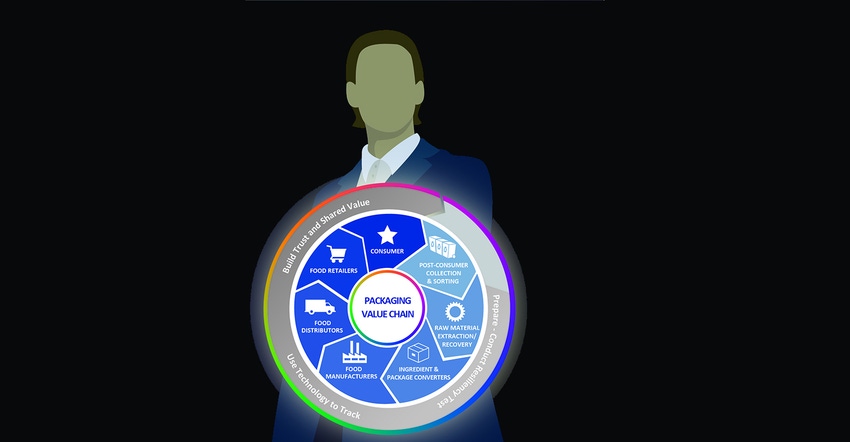3 Solutions to Ensure Supply Chain Resiliency
Investing in a more resilient supply chain by applying Value Chain principles is sound advice to avoid unplanned disruptions.
September 22, 2021

Global complex food packaging supply chains have been very effective at improving the lives of consumers via packaging. However, supply chains continue to fray due to the unpredictable effects of the pandemic. Getting packaging materials is a concern for converters as well as brands.
While it’s easy to fall into the “any-box-will-do” mentality to keep production humming along and prevent out-of-stocks, it is also time to develop a robust solution to enable the business of feeding people in a world that promises more volatility. Investing in a more resilient supply chain by applying Value Chain principles is a wise decision now more than ever.
Disaster management is something I’ve addressed in the Packaging Value Chain coursework since 2005. This is because the Value Chain offers a shield for stressful situations such as:
Natural disasters (drought, fires, flood, typhoon, hurricane, tornado);
Human struggles (virus, famine, political upheaval);
Power disruptions (outages, internet, production);
Variable sustainability pressures (bans, taxes, policies);
Let’s consider at three value chain solutions to help boost resiliency.
1. Prepare by conducting resiliency tests.
A Resiliency Stress Test locates weaknesses in the supply chain. Because vulnerabilities arise within the many nodes in the entire supply chain, a series of stress tests is needed even if a brand sources from a many suppliers. For example, while brands often source from a set of three to four suppliers for printed film, the seal layer may all come from the same factory. A detailed stress test would include all the original source of materials in all layers and individual converters as well as processing additives, lamination adhesives, printing inks, colorants in order to identify a weak link. Once known, the identified weakness is then eliminated or managed. Management of the weakness involves heightened incoming inspection and QA to ensure that fraudulent packaging materials are detected and that key packaging specifications, such as seal strength, are assessed for each lot. Of particular concern to the food industry is the inadvertent use of non-FDA-approved additives or packaging materials in direct contact with food.
2. Use tracking technology.
Demand forecasting via Artificial Intelligence Machine Learning can adjust for supply chain stresses and learn from past experiences. A truly resilient supply chain is possible when this technology is applied to a series of linked converters within the supply chain and then extended to Brands and Retailers. Intelligent packaging can link with these systems to supply consumers with package-specific information that shares the source of the product as well as the package. This means that food and package supply-chain changes are translated from converters all the way to consumers.
3. Build trust and shared value.
Building trust between suppliers and brands seems a lofty goal in the business world especially when there is an immediate need such as sourcing packaging. However, when suppliers and their suppliers are trusted, the focus can shift from policing to working to build inherent resiliency in the entire supply chain. In this case, resiliency adds value. And, when trust exists, relationships between supply chain entities have common priorities, measurement systems, and activities within a common framework. Increasingly, companies are using the United Nations Sustainable Development Goals to provide this common framework and advance trust.
Further food for thought: The Future Food Chain: Digitization as an Enabler of Society 5.0.
Claire Sand, PhD, has 30+ years of experience in industry and academia. She's owner of Packaging Technology and Research and Gazelle Mobile Packaging and is an Adjunct Professor, CalPoly, Michigan State University, and the University of Minnesota. Her email is [email protected]
About the Author(s)
You May Also Like




